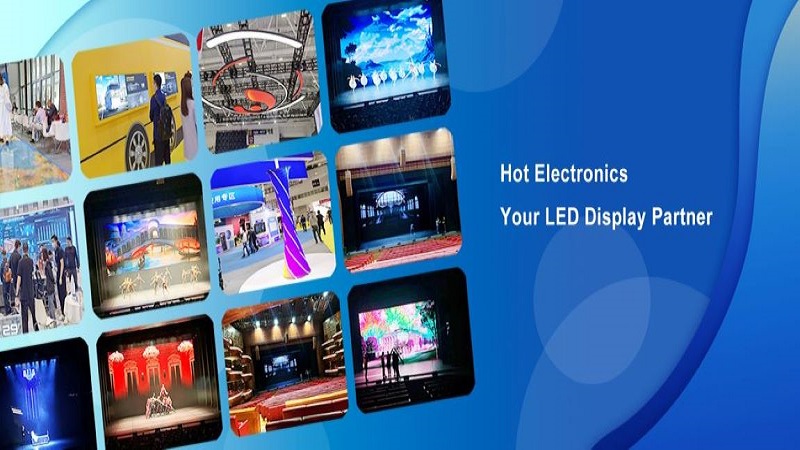In the realm of visual technology, LED screens have become the cornerstone of modern displays, seamlessly integrating into our daily lives. Let’s explore the essential aspects of LED screens, shedding light on what they are, how they function, and why they have become indispensable in various applications.
What is an LED Display Screen?
An LED display screen is a sophisticated visual technology that utilizes Light Emitting Diodes to create vibrant and dynamic displays. These screens are widely used in arenas, advertising boards, digital billboards, and even television sets due to their superior brightness, clarity, and energy efficiency.
Power Requirements for LED Screens
LED screens require a power source to function efficiently. They operate on low voltage, making them energy-efficient and environmentally friendly. The power supply needed for LED screens varies depending on their size and specifications, ensuring a seamless viewing experience.
Installation Process of LED Screens
Installing LED screens involves a meticulous process of mounting the display securely. Professionals ensure the screens are level, stable, and properly connected. The process may vary based on the location and purpose, ensuring optimal visibility and safety for viewers.
Understanding Refresh Rate
Refresh rate refers to how many times per second an LED screen refreshes the image displayed. A higher refresh rate results in smoother motion, reducing motion blur and enhancing the overall viewing experience. LED screens with high refresh rates are ideal for applications where fluid motion is crucial, such as gaming and sports events.
Ideal Pixel Pitch for LED Screens
Pixel pitch denotes the distance between individual pixels on an LED screen, affecting the screen’s resolution and clarity. The ideal pixel pitch depends on the viewing distance; smaller pitch values are suitable for close viewing, while larger values are suitable for screens viewed from a distance, ensuring sharp and clear visuals.
Software Management for LED Screens
Specialized software is employed to manage the content displayed on LED screens effectively. This software enables users to create captivating multimedia content, schedule displays, and remotely control multiple screens. It empowers businesses to deliver targeted messages and advertisements seamlessly.
Energy Efficiency of LED Screens
LED screens are renowned for their energy efficiency. They consume significantly less power compared to traditional display technologies, leading to reduced electricity bills and a smaller carbon footprint. Their energy-saving features make them an environmentally conscious choice for businesses and organizations.
Professional Installation and Lifespan
While small LED displays can be set up independently, larger installations often require professional expertise to ensure proper calibration and safety. When installed correctly, LED screens have a long lifespan, often ranging from 50,000 to 100,000 hours of continuous operation, making them a durable and cost-effective investment.
Hot Electronics Co., Ltd: Pioneering LED Display Solutions
Established in 2003, Hot Electronics Co., Ltd stands as a global leader in providing cutting-edge LED display solutions. With two state-of-the-art factories located in Anhui and Shenzhen, China, the company boasts a monthly production capacity of up to 15,000 square meters of high-definition full-color LED screens. Additionally, they have established offices and warehouses in Qatar, Saudi Arabia, and the United Arab Emirates, ensuring efficient global sales and after-sales services.
LED screens have revolutionized the way we experience visual content, and companies like Hot Electronics Co., Ltd continue to push the boundaries of innovation, illuminating the world with their advanced LED display solutions. Through their commitment to excellence, these displays are set to shape the future of visual communication. For more information, please click https://www.led-star.com.
Post time: Oct-21-2023

